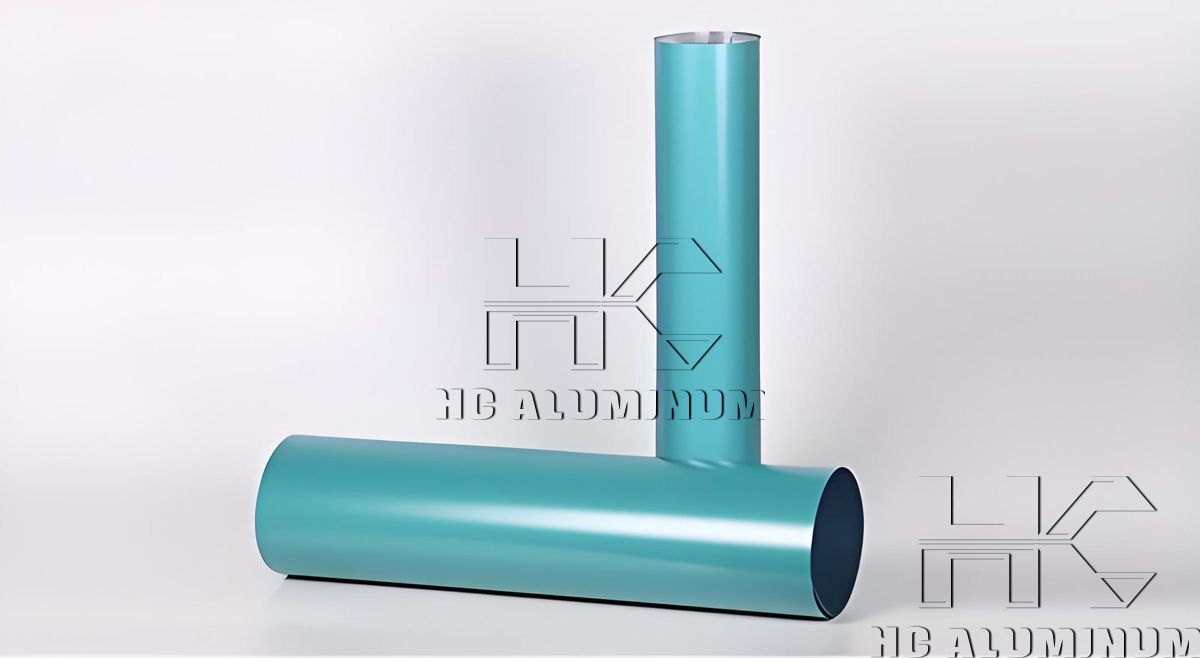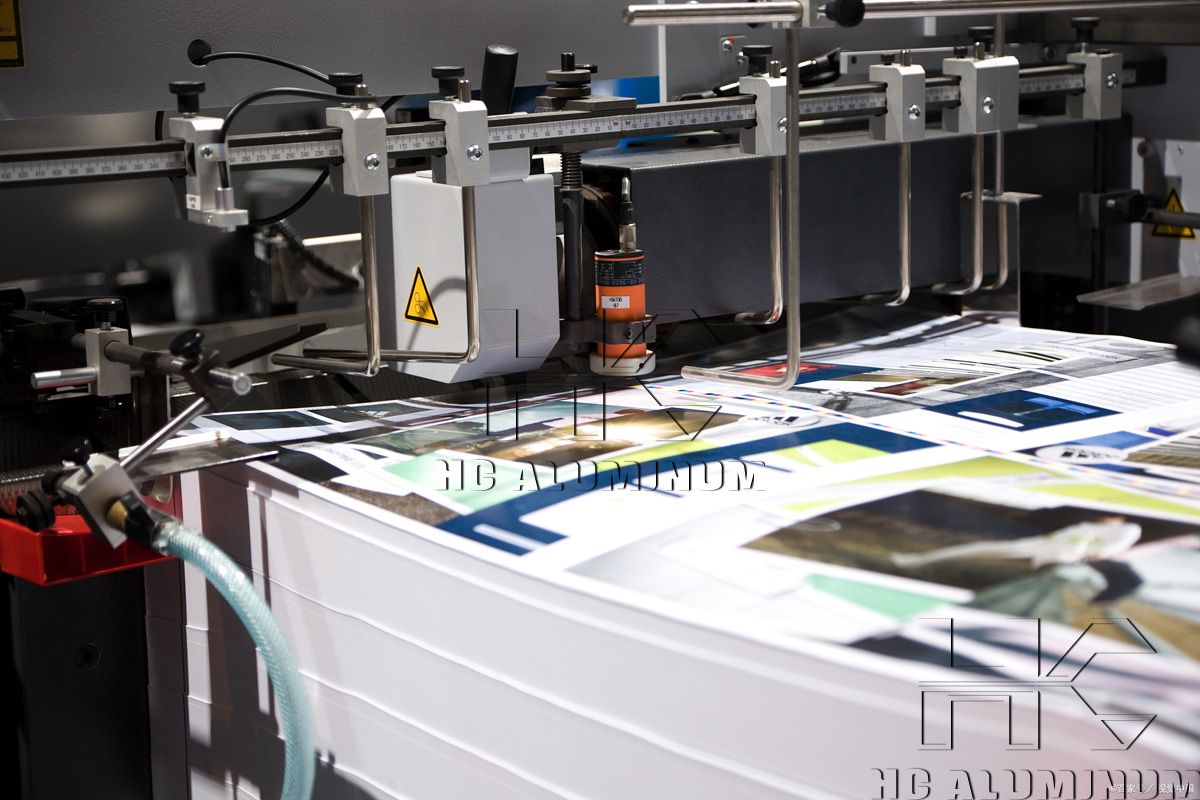If you have any questions, you can directly consult our online customer service. You can visit us online via WhatsApp. We look forward to your visit.
WhatsApp:8618703635966 Online
Do you know CTCP plate printing?
Understanding CTCP Printing Plates
CTCP (Computer to Conventional Plate) is a hybrid printing technology that combines the advantages of digital and traditional offset printing. The CTCP process involves creating an image on a computer and then transferring it directly onto a conventional printing plate. The plate is then used to print the image onto paper or other materials.
How It Works
CTCP printing uses a digital plate-making system (typically utilizing UV laser or LED light sources) to expose images directly onto conventional PS plates (Pre-sensitized plates). The laser system, controlled by dedicated software, precisely etches the image onto the plate, delivering high-quality results. CTCP replaces the traditional film-based process where the image was first output onto film and then exposed onto the PS plate.
CTCP Workflow:
Data Processing
Printing design files are processed on a computer to generate digital image data.Digital Exposure
The CTCP machine receives the digital data and uses high-precision UV laser heads or LED arrays to scan and expose the PS plate. The photosensitive layer on the plate undergoes chemical changes in exposed areas.Development Process
The exposed PS plate is processed using traditional developing, rinsing, and gumming steps. Unexposed areas are washed away, leaving ink-receptive (oleophilic) image areas and water-receptive (hydrophilic) non-image areas.Press Printing
The developed CTCP plate is then mounted directly onto an offset press for production printing.
Compared to traditional offset printing, CTCP plates offer higher resolution and better image quality.

Advantages of CTCP for Your Business
1. Significantly Lower Costs
Plate Material Cost: CTCP uses traditional PS plates, which cost only 60–80% of specialized CTP plates. This avoids the need to replace existing plate inventories or purchase costly materials.
Maintenance Cost: UV light sources (e.g., mercury lamps) are far cheaper to replace than CTP laser heads (approx. ¥60,000/year vs. ¥100,000/year). New-generation LED systems offer even longer lifespan and lower power consumption.
2. Compatibility with Existing Workflow
Supports standard 1-bit TIFF format, compatible with any RIP system.
Directly connects to existing plate processors; no need to change chemicals or workflow structure.
3. Improved Print Quality
Eliminates issues like dust and scratches from film exposure.
Produces first-generation dots with a reproduction range of 1%–100% (compared to 2%–97% in traditional processes).
Offers ±2μm registration accuracy, reducing setup time and minimizing paper and ink waste.
4. User-Friendly Operation
Daylight operation, supports full-size plates.
No specialized training required; operators familiar with PS plates can use it immediately.
5. Environmentally Friendly
Reduces the use of film and chemicals compared to traditional methods.
Some systems support chemistry-free or waterless processing, supporting green printing initiatives.
Application Scenarios
1. Packaging Printing
Ideal for folding cartons, metal packaging, etc. Supports high-resolution output (up to 250 lpi) and fine detail reproduction (as small as 0.15 mm), perfect for spot colors and complex graphics.
2. Commercial and Publication Printing
Well-suited for brochures, flyers, packaging, newspapers, and more. With CTCP, plate-making efficiency increases by 30%, and film/ labor costs are greatly reduced.
3. Ideal for SMEs Going Digital
With equipment priced around 60% of a CTP system, CTCP is a great choice for small and medium-sized printers aiming to upgrade to digital workflows on a budget.

CTCP vs. CTP: Key Differences
CTCP is often compared to CTP (Computer to Plate). While both output digital images directly to printing plates, their differences include:
1. Plate Material
CTP: Uses special CTP plates that are sensitive to thermal or visible light, enabling direct laser exposure without film.
CTCP: Uses conventional PS plates, exposed with UV light sources.
2. Equipment & Costs
CTP: Generally features more advanced machines with faster output but requires higher investment in both equipment and proprietary plate materials.
CTCP: More affordable hardware and media; ideal for businesses seeking a cost-effective solution.
3. Precision & Application
CTP: Offers slightly higher resolution and dot precision, suitable for extremely high-end applications.
CTCP: Delivers excellent quality for most commercial printing jobs and offers superior compatibility and cost-efficiency.
Conclusion
CTCP printing is a highly practical and cost-effective digital plate-making solution. It enables printing companies to enjoy the benefits of digital workflow efficiency and quality improvements while preserving their existing investments in PS plate systems and processes. CTCP is especially valuable for businesses looking to transition from analog to digital with minimal risk and lower capital investment.

